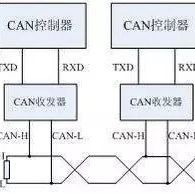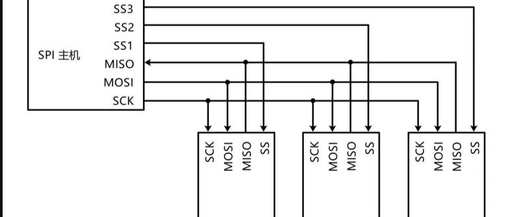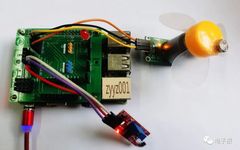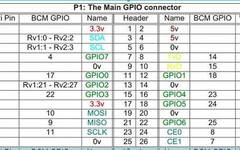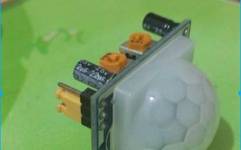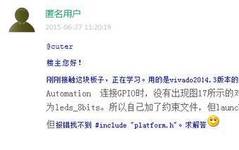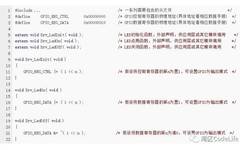Understanding Various Buses: A Comprehensive Guide to SPI, I2C, UART, I2S, GPIO, CAN, and SDIO
Buses, buses, they always get you tangled up. In this world, signals may be the same, but there are thousands of buses, which can be quite a headache. In general, there are three types of buses: internal buses, system buses, and external buses. Internal buses are used for interconnections between peripheral chips and processors within … Read more
